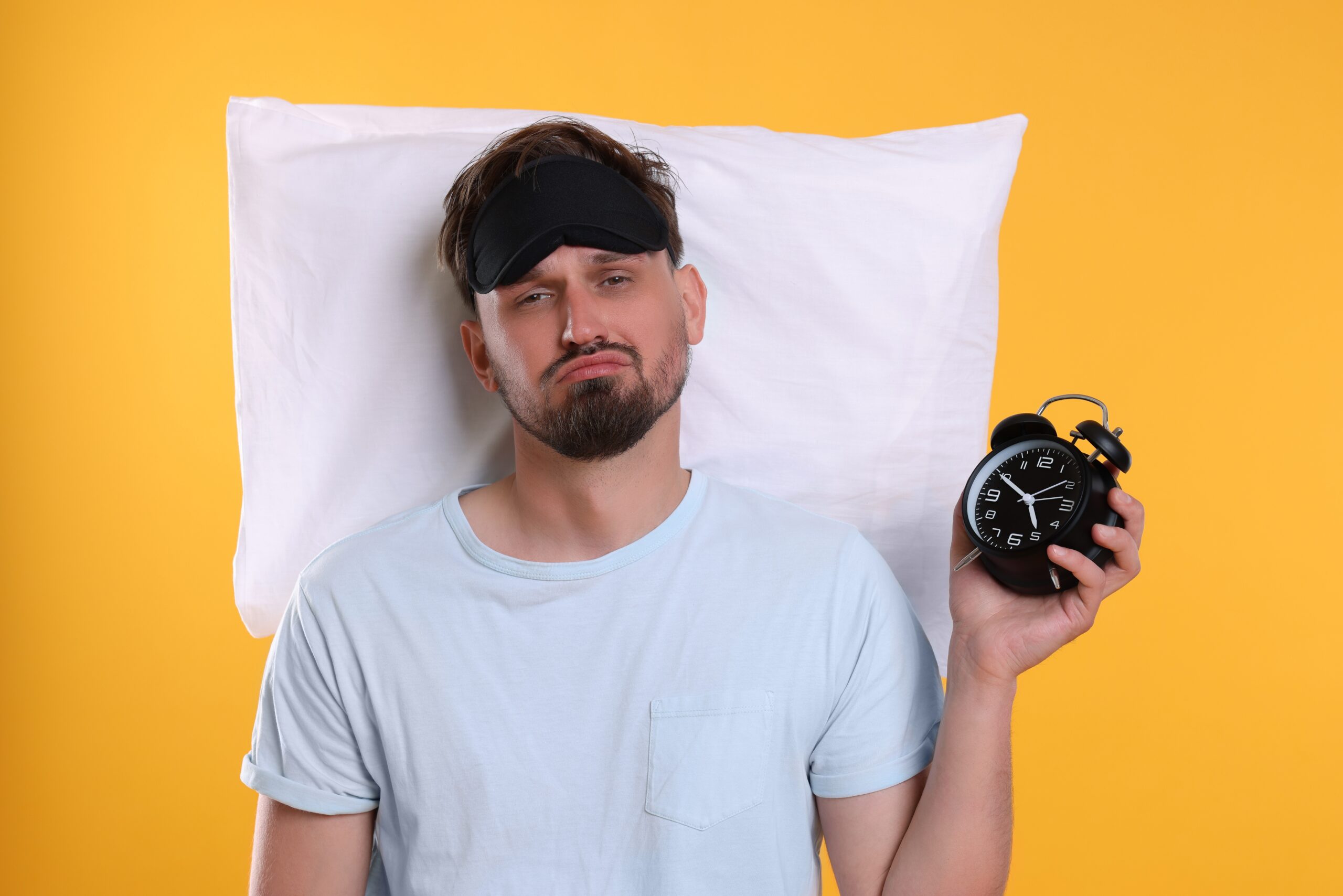Scientists have just flipped the anxiety switch in the brain, raising the possibility that a simple neural reset could one day erase the panic that holds millions hostage.
Story Snapshot
- Researchers identified overactive neurons in the amygdala as a key driver of anxiety and social withdrawal.
- Restoring balance in this brain region reversed anxiety symptoms—at least in mice—suggesting anxiety is not as hardwired as once believed.
- This breakthrough could redefine how we understand and treat anxiety disorders, moving beyond pharmaceuticals to targeted brain interventions.
- The findings challenge the idea that chronic anxiety is an unchangeable fate, hinting at hope for millions suffering worldwide.
Unmasking the Anxiety Circuit: How Scientists Found the Brain’s Panic Button
Amygdala neurons have long occupied the center of anxiety research, but most assumed the system was too complex for any single cell type to hold the reins. That assumption collapsed when scientists pinpointed a specific set of neurons whose overactivity triggers both anxiety and social deficits. Using advanced genetic tools, researchers directly manipulated these cells in mice, observing dramatic shifts in behavior—anxious animals became calm, withdrawn ones socialized freely. The result: a direct line between cellular overexcitability and visible symptoms, something once thought impossible to prove.
#Scientists reverse #anxiety by rebalancing the brain https://t.co/KQ2b3swcVf
— #TheRebelDemocrat (@ejnyamogo) November 4, 2025
Scientists did not stumble onto this by accident. Years of animal studies hinted that amygdala dysfunction could explain why some people are wired for vigilance and fear. But skepticism lingered: could a single intervention change the whole landscape of anxiety? The new data answers that with a resounding yes, at least for mice. By restoring the natural excitability balance in the amygdala—the brain’s emotional command center—researchers reversed not just one, but a suite of anxiety-related symptoms. The implications ripple through neuroscience: perhaps, anxiety is not a permanent wiring flaw, but a reversible state, open to intervention at the source.
Watch: (Major Discovery) No.1 Neuroscientist: Anxiety Is Just A Predictive Error In The Brain!
The Science of Rebalancing: From Mice to Human Hope
Technologies that allow scientists to dial neuron activity up or down with pinpoint accuracy have become the scalpel of modern neuroscience. In this study, researchers used optogenetics—a technique that employs light to control genetically sensitized neurons—to recalibrate the overactive amygdala cells. Mice previously paralyzed by fear and isolation began to explore, interact, and even seek out new experiences. The transformation was not subtle; it was as if a dimmer switch lifted a psychological fog, revealing the animal’s true temperament beneath. Such interventions mark a paradigm shift from broad-brush drug treatments to precise, brain circuit-level therapy.
Decades of anxiety research have led to powerful medications, but most target the brain globally, often dulling more than just fear. The new findings promise a future where interventions could be as targeted as a laser, quieting only the neurons that misfire while leaving the rest untouched. For patients, this would mean relief without the “emotional flattening” that current drugs often bring. For doctors and scientists, it offers a model: treat the circuit, not the whole brain, and watch the symptoms melt away.
The Human Angle: What This Means for Anxiety Sufferers
Anxiety is not just a fleeting worry—it’s a daily torment for millions, hijacking thoughts, sabotaging relationships, and even shortening lifespans. Many sufferers are told to manage, cope, or medicate, but few are promised a cure. This research cracks open the door to that possibility. If scientists can identify a comparable circuit in humans—and early evidence suggests we share similar amygdala pathways—the dream of shutting off anxiety at its neural source inches closer to reality. The path from mouse to man is never straight, but the logic is there: fix the imbalance, restore normal function, and reclaim lost lives.
Sources:
https://timesofindia.indiatimes.com/life-style/health-fitness/health-news/reversing-anxiety-by-rebalancing-the-brain-what-the-latest-research-reveals/articleshow/125108868.cms
https://www.sciencedaily.com/releases/2025/11/251104013004.htm








